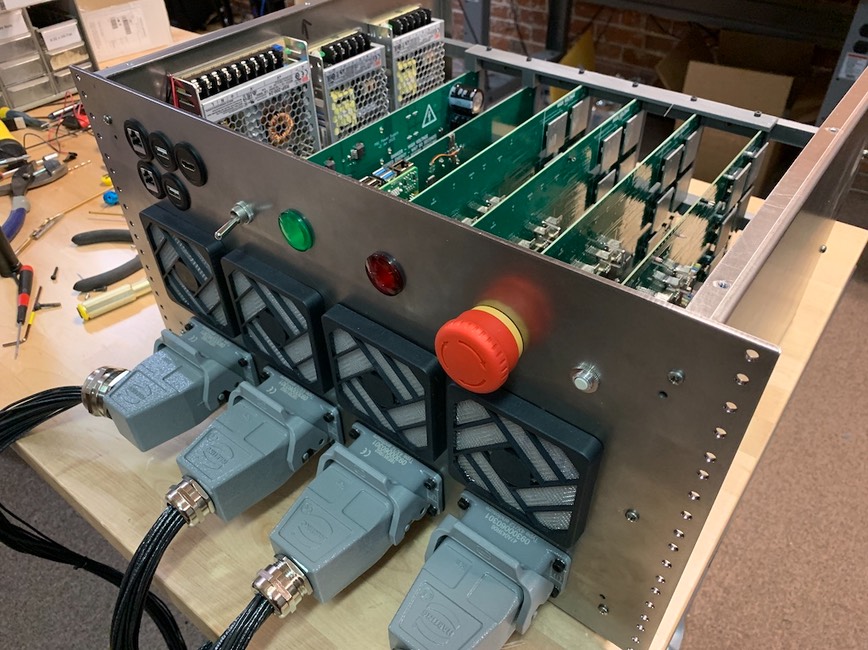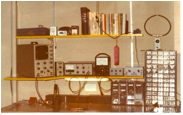 Pragmatic Designs Inc. was founded by Julia Truchsess in 1986. Born in New Jersey and raised in Iowa and
Delaware, inventing and electronics have been two of her driving passions since early
childhood. At the age of 10 she
bought her first oscilloscope, and by 12 she had a well-equipped basement lab. She is the grantee of twenty-two U.S. Patents.
Pragmatic Designs Inc. was founded by Julia Truchsess in 1986. Born in New Jersey and raised in Iowa and
Delaware, inventing and electronics have been two of her driving passions since early
childhood. At the age of 10 she
bought her first oscilloscope, and by 12 she had a well-equipped basement lab. She is the grantee of twenty-two U.S. Patents.
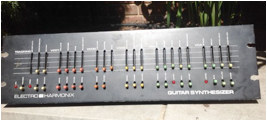
In 1976 she moved to New York City, where she was hired by Electro-Harmonix Inc., one of the world's foremost manufacturers of electronic musical instrument accessories. Her first project there was her own invention, the EH8000 Guitar Synthesizer, the most complex product the company had so far produced at that time. It was used by a number of prominent rock superstars of the day, including Steve Howe of Yes.
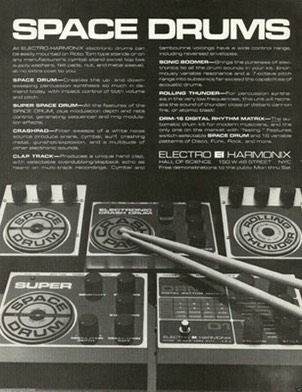
 In
1979 Julia moved to London, England, where she established a service and
distribution center for Electro-Harmonix. While in London she conceived and
developed the first of what was to become a line of low-cost electronic drums,
the Space Drum. Electronic percussion was then in its infancy, with only a few
expensive products on the market. The Space Drum was followed by the Crash Pad,
the Sequencer Drum, the Super Space Drum, the Sonic Boomer, and the Clockworks.
The Crash Pad was featured extensively in the 1981 hit single "Tainted
Love" by Soft Cell. These instruments have since become the stuff of
legend, with prices exceeding $1,000 at auction. Julia was profiled in this 2009 article "Electronic Drum Pioneer of EH" In 2014 E-H re-introduced the
Clockworks, and in 2015 the Crash Pad and Super Space Drum, all using Julia's original circuit designs after having been out of
production for 33 years.
In
1979 Julia moved to London, England, where she established a service and
distribution center for Electro-Harmonix. While in London she conceived and
developed the first of what was to become a line of low-cost electronic drums,
the Space Drum. Electronic percussion was then in its infancy, with only a few
expensive products on the market. The Space Drum was followed by the Crash Pad,
the Sequencer Drum, the Super Space Drum, the Sonic Boomer, and the Clockworks.
The Crash Pad was featured extensively in the 1981 hit single "Tainted
Love" by Soft Cell. These instruments have since become the stuff of
legend, with prices exceeding $1,000 at auction. Julia was profiled in this 2009 article "Electronic Drum Pioneer of EH" In 2014 E-H re-introduced the
Clockworks, and in 2015 the Crash Pad and Super Space Drum, all using Julia's original circuit designs after having been out of
production for 33 years.

In 1981 Julia was hired by New York product development company Swarztrauber-Segan Inc. SSI had developed the world's first electronic musical Christmas ornaments and was in the process of transferring the design from a microprocessor-based one to VLSI integrated circuits. The miniaturization and cost reduction afforded by the custom VLSI chips led to SSI's manufacturing the world's first electronic musical greeting cards, for Hallmark Cards Inc. Over five million cards were produced in the summer of 1983, made possible in part by low-cost, high-speed automatic test equipment designed by Julia and used both on the module production lines in Hong Kong and at wafer probe test during IC fabrication.


While at SSI Julia also developed a VLSI chip for dual-channel (harmony) musical items, a VLSI voice synthesis IC incorporating extensive use of switched-capacitor technology, a microprocessor-based electronic car horn featuring voice synthesis and ultrasonic motion sensing, the first interactive electronic plush animals, a remotely-readable electric power meter, automatic test equipment for production test and calibration of electronic power meters, and a Load Management Module for use by electric utilities in limiting peak demand by remotely switching off non-critical loads.
In 1986 Julia left Swartztrauber-Segan to found Pragmatic Designs. Starting in a spare bedroom, later moving to a 1,300 square foot office on City Island, NY where the company grew to a staff of six, then to a 3,500 square-foot architect-designed loft in Port Chester, NY with a staff of twelve, PDI grew to be the world's foremost development house for sound-producing toys, taking over 1,000 products from concept to market over a ten-year period. During this time the company shifted largely from work-for-hire to licensing of Julia's inventions, which accounted for over $50 million in retail sales. Among these were industry-leading TV-promoted feature dolls, animatronic seasonal items, and musical toys.

 In 1999 Julia conceived the idea of the digital picture
frame and created a new company, Digi-Frame Inc., to undertake not only the
development of the product but its manufacture and marketing. The Digi-Frame
DF-560 was developed in under one year and introduced at the Photo Marketing Association's annual trade show in
2000 to an overwhelmingly positive response. Subsequent magazine reviews were
effusive in their praise of the Digi-Frame's design and features and the product competed well against similar offerings from Kodak and Sony.
In 1999 Julia conceived the idea of the digital picture
frame and created a new company, Digi-Frame Inc., to undertake not only the
development of the product but its manufacture and marketing. The Digi-Frame
DF-560 was developed in under one year and introduced at the Photo Marketing Association's annual trade show in
2000 to an overwhelmingly positive response. Subsequent magazine reviews were
effusive in their praise of the Digi-Frame's design and features and the product competed well against similar offerings from Kodak and Sony.

From 2006 - 2008 Julia worked as an on-site consultant at Spin Master Ltd. of Toronto, ON, the world's third-largest toy manufacturer, where she was responsible for all electronic product development company-wide. In addition, she managed the Girl Crush and Air Hogs E-Chargers product lines, developed the first vacuum-formed flying toys, and designed the Air Hogs development team's new Wellington St. laboratory, including a $300,000 3D Systems SLS printer installation which the factory service representative described as “the best-designed installation” he’d ever seen.
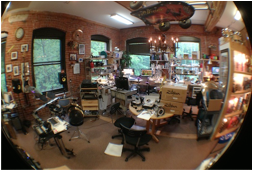
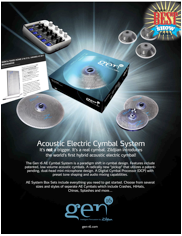
In 2009 PDI established its new product development laboratory in a historic mill building on the banks of the Pootatuck River in Sandy Hook, CT and contracted with the Avedis Zildjian Co, one of the world's oldest companies (founded in 1623) and the world's best-known and most respected manufacturer of cymbals, to develop new electronic percussion products which would bring their product line into the 21st century. Julia first developed for Zildjian an electronic drum kit incorporating sixteen networked microcontrollers responding to real-time performance data from over one hundred pressure sensors, then in mid-2010 work began on what would become the Gen-16 Acoustic-Electric Cymbal System. A small team, with Julia handling all electronics, software, and manufacturing supervision, took the line from concept to production in just seven months, culminating in its introduction at the 2011 NAMM show where it won the "Best in Show - Drums" award, and the 2011 Frankfurt MusikMesse, where it won "Best Product" overall. A multi-disciplinary project involving hardware, firmware, DSP, desktop applications, electro-acoustics, EMC, and production test, the AE Cymbal System represented a coming-full-circle in Julia's career - a return to electronic percussion where she'd innovated 30 years previously, and an opportunity to apply all the skills acquired during her then 34-year professional career. Three US patents have issued covering the Gen-16 system concept and its original cymbal pickups.
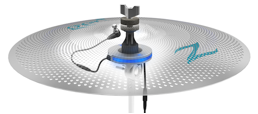

While the original AE cymbal system was truly revolutionary, allowing drummers to strike metal surfaces at reduced volume compared to that of traditional cymbals and to modify the cymbals' sound via digital signal processing, Julia recognized the need to improve the transducer technology used, and responded in 2012 by inventing and developing the Direct Source Pickup, which improved the original system by completely eliminating acoustic crosstalk and feedback. The Direct Source Pickup was introduced in 2013 and promptly garnered Digital Drummer Magazine's "Best New Product of the Year" award as well as a United States patent.
In 2013 Julia turned her attention to the next challenge for Gen-16, that of deriving MIDI trigger information from the acoustic-electric cymbals on order to offer both worlds - acoustic and sampled - to drummers within the same system. The complexity and dynamic range of cymbal vibration presented a daunting challenge harkening back to the one she'd faced early in her career extracting fundamental pitch from electric guitar signals, but impressive results were achieved with a surprisingly low-cost hardware. A US patent covering her work on the triggering system issued in 2016.
Julia spent the latter half of 2014 providing circuit design and compliance assistance to a French 3D printer manufacturer, EMI mitigation consulting to several local industrial equipment manufacturers, and hardware and firmware design, mechanical design, and prototyping to an Australian manufacturer of consumer medical devices.
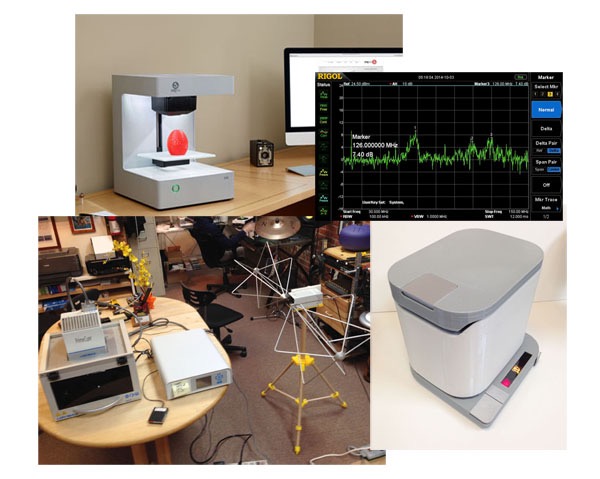
In 2015 and early 2016 she was the lead developer of PolyMaker's revolutionary "Polysher" post-processing machine for 3D prints, which raised over $430,000 on Kickstarter in April 2016. Julia managed development of the product, designed its circuitry, fabricated prototypes, wrote its firmware, and contributed significantly to its overall user interface and mechanical design, including that of its key component, an ultrasonic nebulizer which generates an aerosol of alcohol microdroplets.
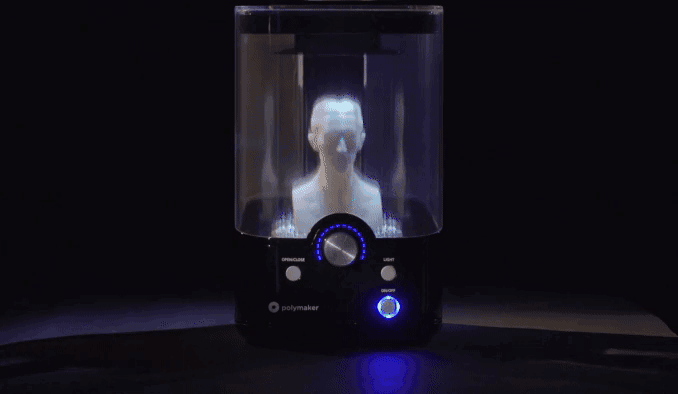
The latter half of 2016 saw a steady growth of PDI’s Z-Temp subsidiary, producing accessories expanding the materials capababilities of the Zortrax M200 3D printer. By the end of 2016 the product line included a temperature controller, a filament monitor, a bed height control, an extruder hot end, and a hot end insulator kit. All of these products are assembled in-house at PDI.
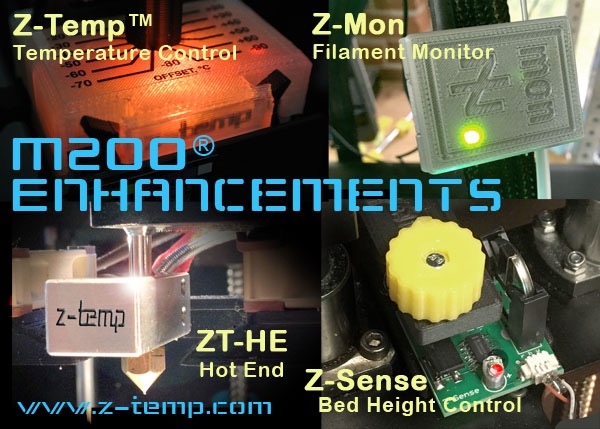
EMC work 2016-2017 included radiated emissions mitigation for a diverse range products including large industrial paper-handling equipment, animal husbandry instrumentation, and kitchen appliances, as well as a challenging microwave RF immunity issue with a medical device. A successful and speedy result was obtained in all cases. Product safety compliance work involved primarily power distribution equipment, and included isolated power supplies of 7 and 40kW.
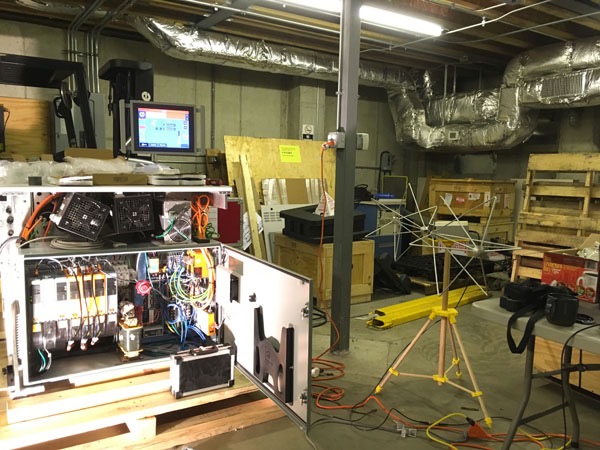
2016 saw PDI retained to develop an innovative mechanical design for brewed beverage appliances, a patent for which issued in 2017, a wi-fi connected household barcode reader, “GeniCan”
and a Bluetooth Low Energy-controlled appliance for the outdoor sporting goods industry.
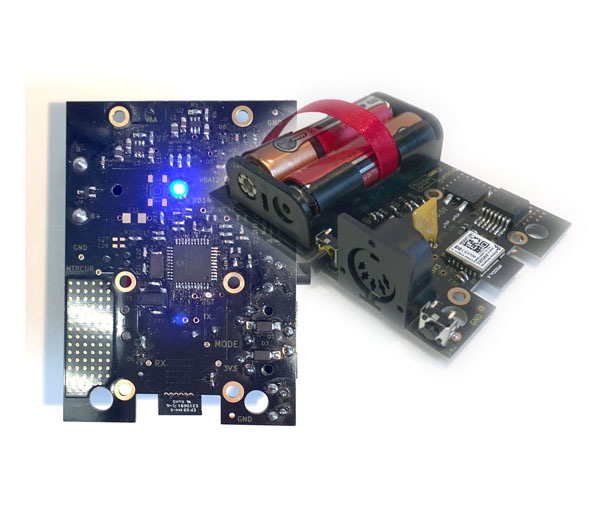
PDI’s “Power Quest” electronic game was introduced in France by toy company TF1, promptly garnering First Prize in the Action Games category of LSA Magazine’s annual awards.
PDI created automated production test equipment and its control software for manufacture of high-current cables deployed in data centers. Tens of thousands of cables have been tested to date by these machines, which measure resistance to within hundreds of micro Ohms and record all test data for traceabiity.
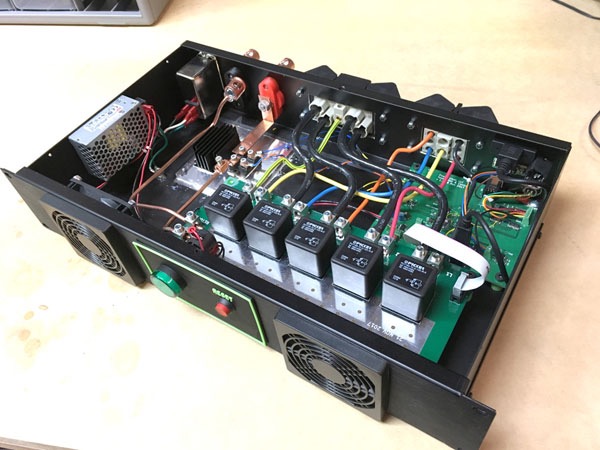
In 2018 PDI developed a multi-radio, internet-connected communications hub for commercial applications. The device includes a Windows IoT single-board computer, microcontroller, ZigBee transceiver, 900MHz and 450MHz transceivers, and a power-fail backup system for controlled shutdown. Remote ZigBee nodes for the system were also developed.
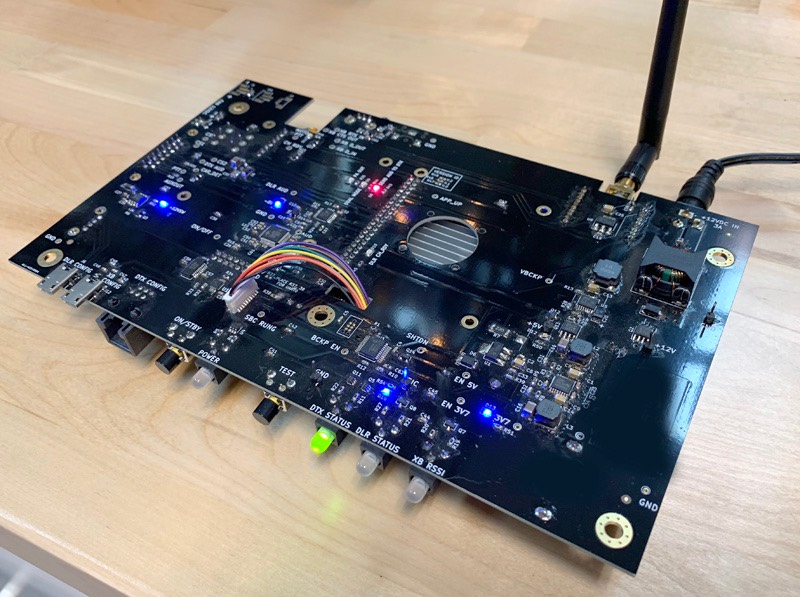
2018 saw increased involvement in power distribution, with PDI co-architecting a 125kVA UPS and a mobile “edge computing” data center.
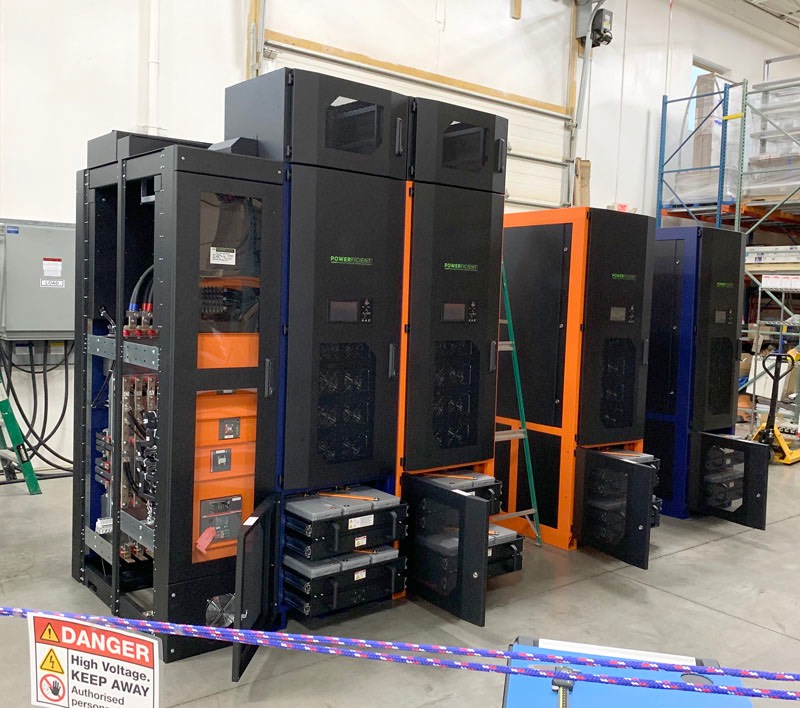

2018 also saw a return to PDI's toy and game industry roots, with a ground-up redesign of Build-A-Bear Workshop’s field-programmable sound modules. The previous system had been experiencing devastatingly low production yields and field failure rates; PDI’s redesigned module and programming system was deployed without a hitch and has reduced failure rates to negligible levels, while vastly improving sound quality and battery life. PDI also participated in an on-site QC audit of the Chinese factory and put new QA procedures in place.
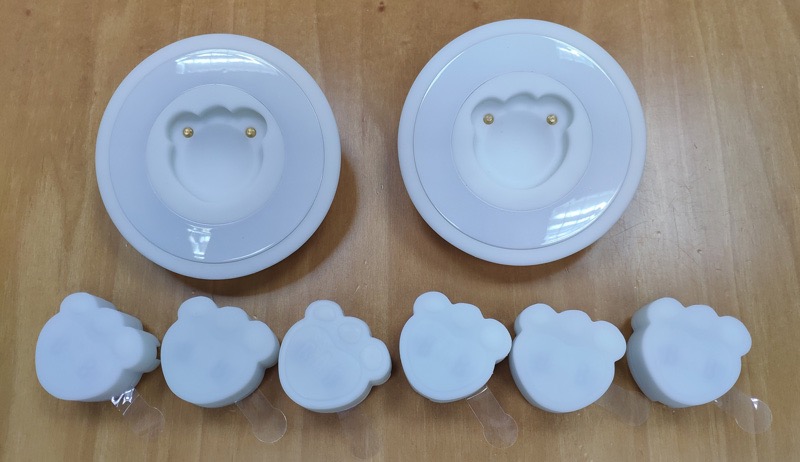
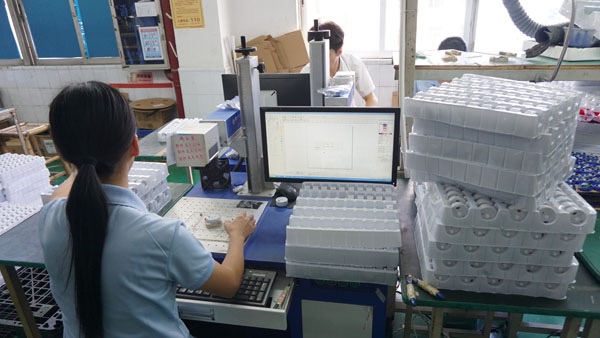
In late 2018 and 2019, Julia was an Expert Witness for Spinmaster Ltd. of Toronto in a multi-national patent litigation against Mattel Inc. and others. Spinmaster alleged infringement and Mattel countersued for invalidation of Spinmaster’s patent. Julia worked with Spinmaster’s legal team to prepare expert witness reports refuting Mattel’s arguments, and the cases were ultimately settled just before trial, with the competitors agreeing to remove the offending products from the market. Julia was asked to create artwork to commemorate the victory.
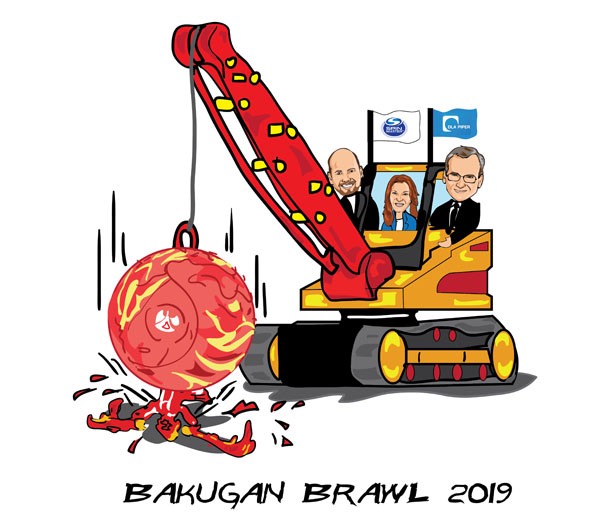
2019 saw its share of compliance work, with the 125kVA UPS passing both EMC and product safety testing, and a commercial kitchen appliance overcoming a difficult line harmonics issue.
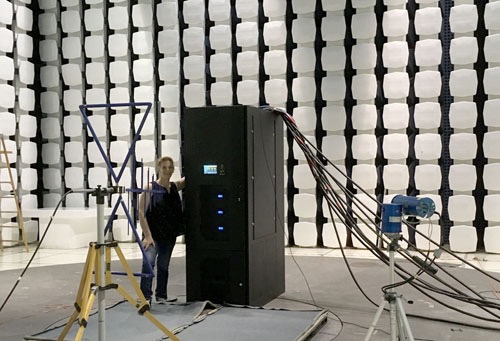
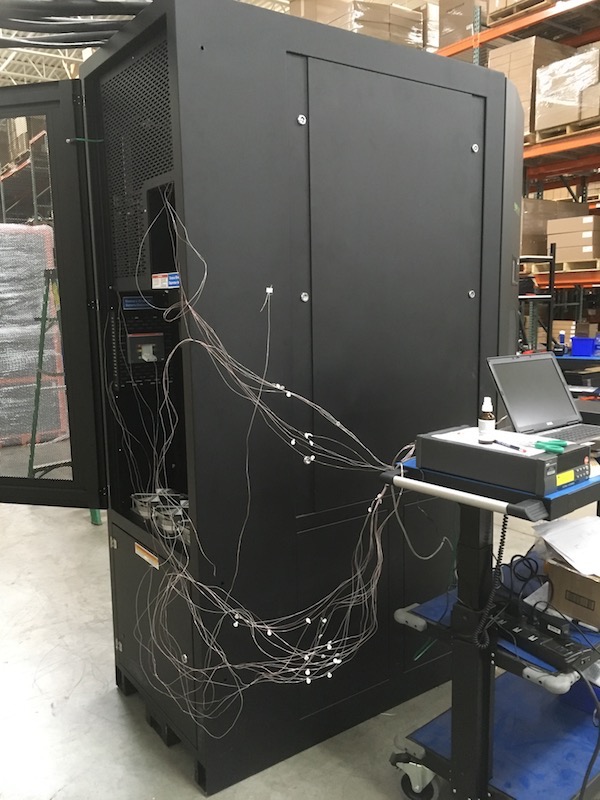
In 2020, Julia performed EMC mitigation work on infrared spectrophotometers intended for use by nuclear test laboratories and in law enforcement.
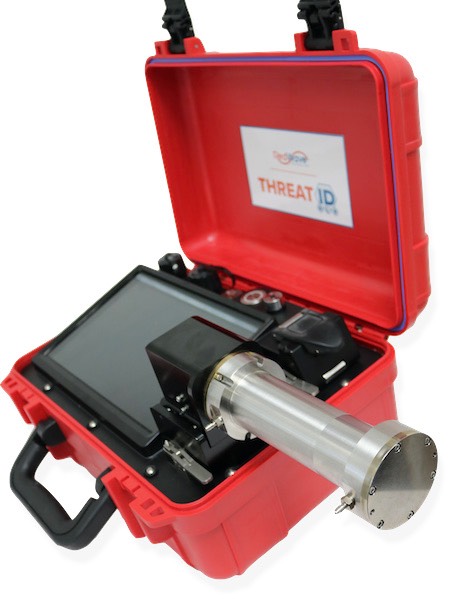
2020 and early 2021 also saw PDI’s development of equipment to aid cyber-physical system research at the University of Illinois Urbana-Champaign related to their work on DARPA’s RADICS program to enhance the national power grid’s robustness in the event of cyberattacks.
